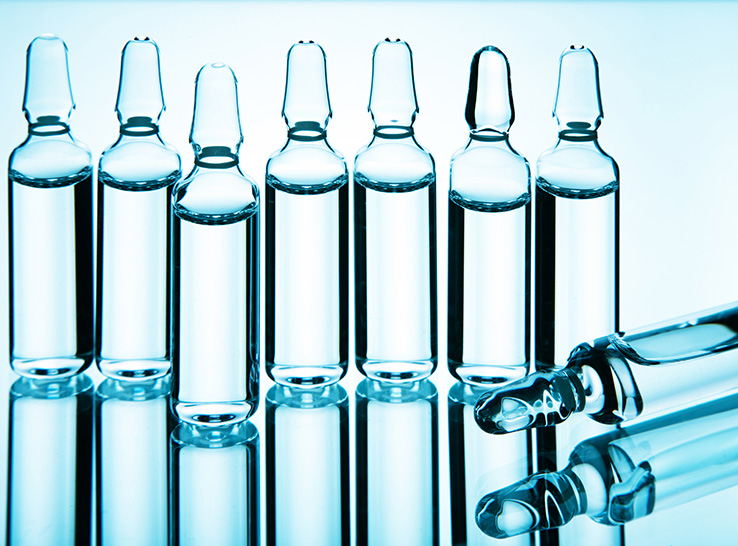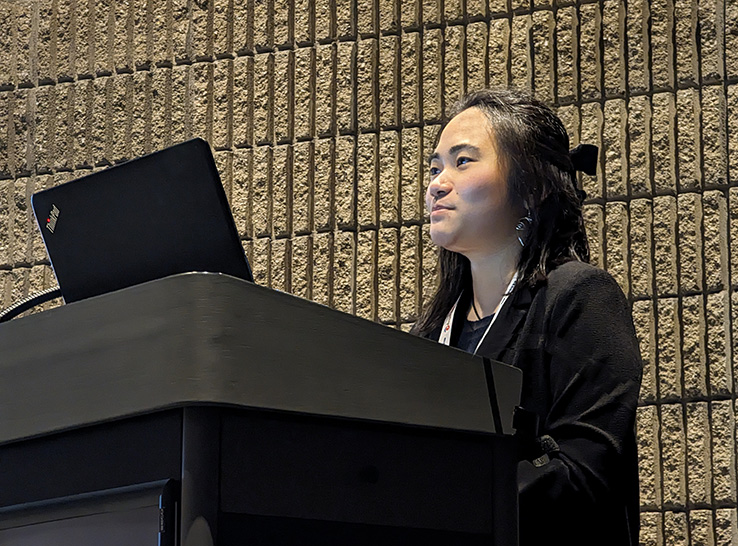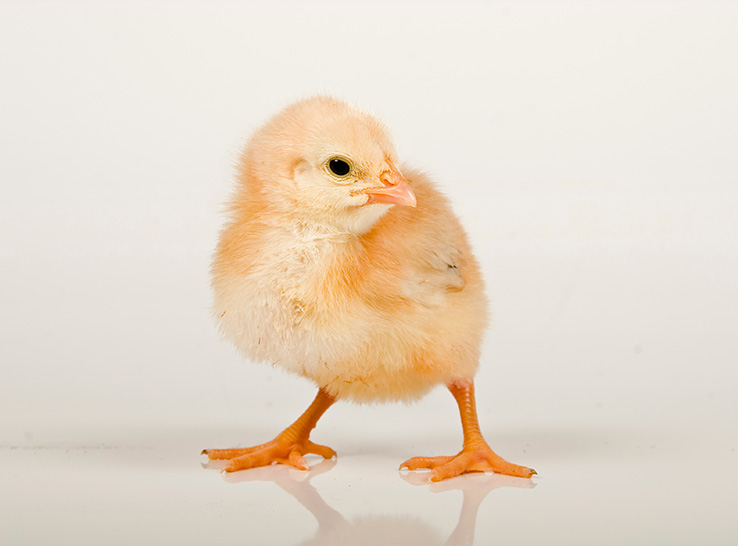Today’s pullets are bred to reach sexual maturity sooner, are more efficient once they reach the egg-laying stage and remain productive longer than layers of past years. Those are all positives for egg producers, but is the industry keeping pace with their protein needs?
Most research has focused on the amino acid requirements of laying hens during egg production, with little attention given to pullets.
“Understanding the amino acid requirements of pullets is important because they have a much shorter growing period to reach optimal bodyweight and condition for the onset of egg production,” said Jo Ann Chew, a PhD student at the University of Alberta, at the 2024 International Poultry Science Forum. This study was conducted in collaboration with Dr. Laura Star, Schothorst Feed Research and Aeres University of Applied Sciences.
Chew and her colleagues set out to fill the research gap by determining the amino acid requirements of two different egg-type pullet strains prior to sexual maturation, using a dose-response study with a bent-stick model.
“Because amino acids are pertinent to achieve optimal growth, we hypothesized that the response variables — bodyweight and feed intake — will increase with increasing levels of amino acid intake until the requirement is met, after which we would expect no further increase,” she explained. The team also evaluated the impact of amino acid levels on the onset of egg production.
Conducting the study
The study involved 64 Bovans Brown and 64 Babcock White pullets from 0 through 30 weeks of age. Each bird was equipped with a radio-frequency identification tag. Upon entering a precision-feeding station, the feeding station identified each bird, provided the correct feed and recorded its bodyweight, along with feed intake.
“Since the precision-feeding stations can allocate feed individually, each bird is considered an experimental unit,” Chew said.
The researchers provided six isocaloric diets during the pullet-rearing phase. Because the multi-feeder stations were limited to four diets, they divided birds and treatments into two rooms. In one room, diets contained 60%, 80% and 100% of recommended amino acid levels relative to lysine and based on the ideal protein concept recommended by breeder guides. In the second room, amino acid levels were 70%, 90% and 110%.
The protein sources were soybean meal and canola meal, while the tradeoff ingredients were rolled oats and wheat-mill run, she noted.
“During the first 2 weeks of age, all birds ate the 100% amino acid diet because they were being trained on how to use the precision-feeding system,” Chew added. “Therefore, treatments started at 2 weeks and went through 17 weeks.”
Photo stimulation occurred at 17 weeks of age, and all birds received the same pre-lay and layer diets as of 18 weeks of age.
Overdoing dietary lysine
For the Bovans Brown birds, at 5 weeks of age the model predicted a cumulative digestible lysine requirement of 6.15 grams (0.013 pound) at a feed intake of 553 grams (1.22 pounds), which calculates to 1.11% digestible lysine.
“We can compare this with breeder guides that recommend 0.95% of digestible lysine at 854 grams (1.88 pounds) of cumulative feed intake,” Chew said. “Thus, if a bird were to consume feed according to the breeder’s standards, then 0.72% digestible lysine would be adequate to achieve maximum bodyweight at 5 weeks of age (6.15 divided by 854).”
For the White birds, the model calculated a cumulative digestible lysine requirement of 5.22 grams (0.01 pound) in 492 grams (1.08 pounds) of feed. Using the breeder’s standards for feed intake at 704 grams, 0.74% digestible lysine would be sufficient for this bird strain to achieve maximum bodyweight at 5 weeks of age (5.22 divided by 704).
By 17 weeks of age, bodyweight was similar for all treatment groups. The Brown birds’ requirement at this age was 23.57 grams (0.05 pound) of cumulative digestible lysine. At the breeder’s standard for feed intake (6,048 grams), the digestible lysine level would be 0.39% (23.57 divided by 6,048).
“For the Bovans Brown, the requirement was 23.57 grams (0.05 pound) of cumulative digestive lysine, which if birds were consuming to breeder guide standards, then 0.39% of digestible lysine would be adequate to reach maximum bodyweight. That is 52% of amino acids that the guide currently recommends. That is a huge difference in how much we feed the birds compared to what they actually need,” Chew noted.
“We see the same thing in the White birds — 41% of the breeder guide’s recommendation was needed to reach maximum bodyweight. We are not recommending this number, but I hope this encourages us to think about the potential to reduce levels.”
Reviewing age at first egg further supports the idea, as amino acid levels had no impact. More specifically, results showed that diets ranging from 60% to 110% of amino acids had no effect on age of sexual maturation.
The bottom line
“The results tell us that amino acid requirements for pullets are lower than the breeder guideline recommendations, and under normal circumstances, there is no benefit to increasing amino acid levels above normal during the pullet phase,” Chew said.
Therefore, it is reasonable to consider reducing dietary amino acid levels for pullets but perhaps not as dramatically as the model suggested, she added.
Of course, as diets more precisely meet the bird’s changing needs, there are benefits to the producer and the industry in reducing feed costs and nitrogen excretion, which improves environmental sustainability.
“We need to consider the subsequent egg quality and production,” Chew noted, adding that dietary amino acid levels did not affect these parameters or body condition, according to preliminary results. “More factors need to be included for us to determine a strategy to help prepare pullets to grow well from the start and ensure a smooth transition into lay.”






